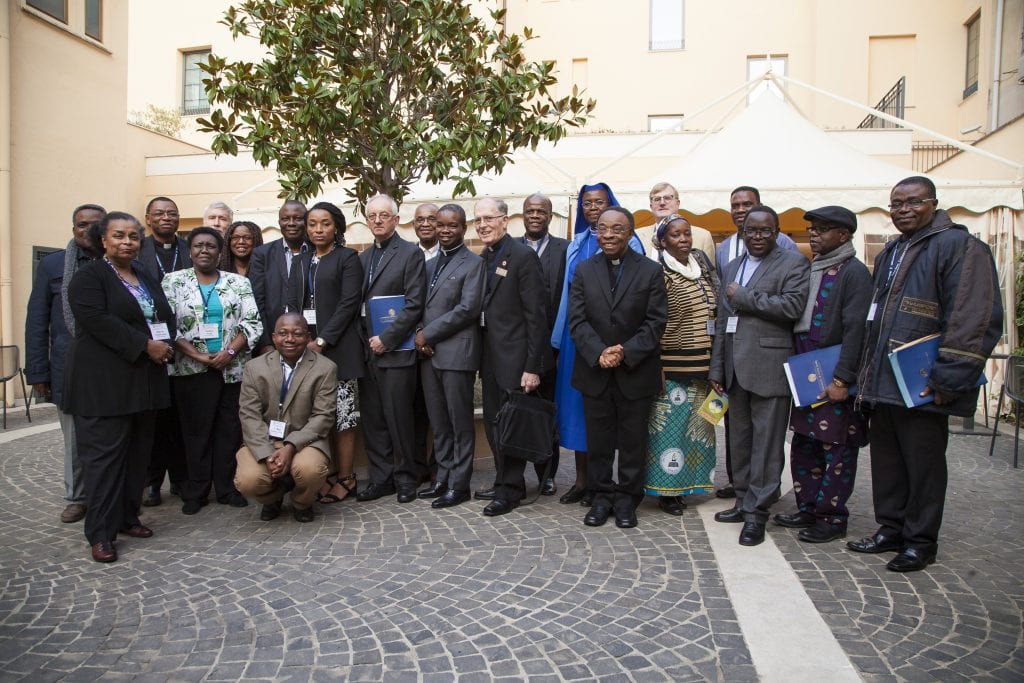You Can’t Fight Poverty Without Population Control
Africa has the largest expanse of arable land in the world. It has the highest number of young population. In fact, it is designated as the youngest continent in the world. Yet Africa cannot feed itself. The continent is filled with growing poverty, while the leadership waste time from one talk shop to another.
Why is Africa poor, and growing poorer and poorer? Because the poor produce their like; more poor people. Given that Africa is brimming with poor people mass producing poor offsprings with clueless governments with no concrete plans to address the issue. Africa will impede global efforts to eradicate poverty by 2050.
It is projected that the world’s population will continue to grow and will reach nearly 10 billion by 2050.
While population growth is slowing significantly in many parts of the world, Sub-Saharan Africa is witnessing the opposite as its population is projected to double by 2050, an expansion of nearly 10 times relative to 1960, from 227 million to 2.2 billion.
As a result, the share of Sub-Saharan Africa in the world’s population is projected to grow as well. In 1960, it was just 7%, but this has increased to 14 % in 2018 and is projected to reach 23 percent by 2050.

Globally, almost 1 in 4 people will be Sub-Saharan African in 2050, the ratio was 1 in 13 in 1960. This is a huge leap.
The global population was around 3 billion in 1960. By 1987, in less than three decades, it had surpassed 5 billion and there were around 7.6 billion people in the world in 2018.
This growth varies greatly across regions. Since 1960, the largest relative growth has taken place in Sub-Saharan Africa where the population expanded from 227 million in 1960 to more than 1 billion in 2018—a nearly fivefold increase.
This is largely due to continuously higher fertility rates in Sub-Saharan Africa compared to the rest of the world. Today, on average, women in Sub-Saharan Africa have 4.8 children per woman, compared with less than 3 children per woman worldwide.
The fertility rate in Sub-Saharan Africa is projected to remain substantially higher than in any other region for the next few decades. This can only be brought to check if governments embark on a massive campaign to achieve higher education rates for today’s girl child because the fertility rates of women drop with higher academic pursuits.
The interconnectedness between education and population growth cannot be overemphasized. The size of the world’s population is the result of fertility and mortality in the past years – births and deaths.
In fact, there is a strong correlation between fertility and mortality. Women tend to have more children where children are more likely to die and bear fewer children where their child’s risk of dying is lower. And maternal literacy remains a weapon against high infant mortality.
There is a clear correlation between rising population and a rising poverty rate. The poorer a society, the higher the population growth rate, bringing this down, you will also discover that even within a poor society, the poorest in that setting tend to have more children.
Another instructive but very curious correlation is between high population growth in Africa and security challenges. While a country like Niger has the highest fertility rate per woman in the region, Nigeria and the Democratic Republic of Congo are driving the population growth in the region.
And the two are also experiencing some of the most destabilizing security challenges in the country, leading many to believe that there is a correlation between unbridled population growth and growing insecurity.
A new study by Population Action International (PAI), suggests a strong correlation between countries prone to civil conflicts and those with burgeoning youth populations.
Social scientists label this demographic profile “youth bulge,” and its potential to destabilize countries in the developing world is gaining wider acceptance among the foreign policy community.
The theory contends that societies with rapidly growing young populations often end up with rampant unemployment and large pools of disaffected youths who are more susceptible to recruitment into a rebel or terrorist groups. Countries with weak political institutions are most vulnerable to youth-bulge-related violence and social unrest.
Also when you take into consideration, the fact that more kids are born in internally displaced camps than in a normal environment. The dangers we face becomes clearer.
Going through all acclaimed pro-poor policies of this government, one wonders how they plan to tackle poverty while romancing population growth.
Kelechi Deca

Kelechi Deca has over two decades of media experience, he has traveled to over 77 countries reporting on multilateral development institutions, international business, trade, travels, culture, and diplomacy. He is also a petrol head with in-depth knowledge of automobiles and the auto industry.

